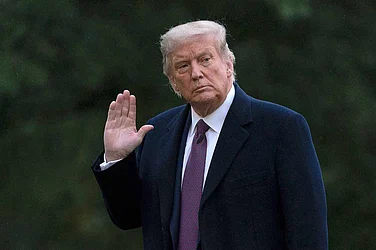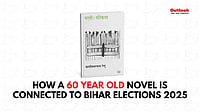For over a century, the Brooklyn Bridge has stood as a testament to American innovation and a symbol of New York City's gritty resilience. But in recent years, its iconic pedestrian walkway has morphed into something else entirely: a 6,000-foot-long bazaar, choked with souvenir vendors vying for tourist dollars. Tuesday, however, marked a new chapter for the bridge, as the city cracked down on the burgeoning market, prioritizing safety and flow over trinkets and tchotchkes.
The decision, effective Wednesday, is a stark reversal from the relaxed enforcement of the pandemic period, which saw a surge in vendors taking advantage of the cleared walkway after bikes were relegated to a dedicated lane below. The result? A chaotic jumble of stalls overflowing with kitschy souvenirs, from stuffed sloths sporting "I Love NY" slogans to bobbleheads of the disgraced former governor. This cacophony, fueled by holiday crowds, created a tinderbox of congestion and safety hazards.
Mayor Eric Adams, citing videos of frustrated pedestrians resorting to leaping onto lower bike lanes, declared the situation "not only a sanitary issue, but a public safety issue." His message was clear: order must be restored to this treasured landmark.
The ban, however, isn't just about reclaiming lost space. It's about ensuring the smooth flow of the roughly 35,000 daily pedestrians who traverse the bridge, especially on weekends. The 16-foot-wide wooden walkway, already prone to bottlenecks near the shoreline and around stanchions, often narrowed to a mere five feet under the onslaught of souvenir stalls. Imagine: tourists gawking at Marvel hero tableaux, jostling past piles of King Kong statuettes, all while trying to navigate the throngs – it was a recipe for pedestrian mayhem.
For tour guides like Sean O'Brien, the vendor invasion meant lost clients swept away by the siren song of bobbleheads and plush toys. He, along with many New Yorkers, welcomed the city's decisive action.
But the issue isn't without its complexities. While licensed vendors will be barred alongside their unlicensed counterparts, the lack of alternative avenues for many creates a delicate situation. Christian Acosta, a vendor selling hats and King Kong figurines, expressed concern for his fellow sellers, particularly the unlicensed ones who would struggle to secure legal permits elsewhere. This, he emphasized, wasn't just about lost revenue, but about families potentially left reeling from lost income.
The city's move, then, is a double-edged sword. While it undoubtedly restores order and enhances pedestrian safety, it casts a shadow of economic uncertainty for some vendors. Perhaps a future solution lies in designated vending zones outside the bridge, allowing regulated commerce to flourish without impeding the bridge's primary function: a safe and efficient passage for New Yorkers and tourists alike.
The saga of the Brooklyn Bridge vendors serves as a microcosm of the city's constant struggle to balance commerce with public safety and cultural preservation. While some may mourn the loss of the makeshift marketplace, the hope is that the bridge can reclaim its true purpose – a place for reflection, exploration, and a glimpse into the heart of New York City, sans the souvenir sirens. This iconic landmark deserves nothing less.



























